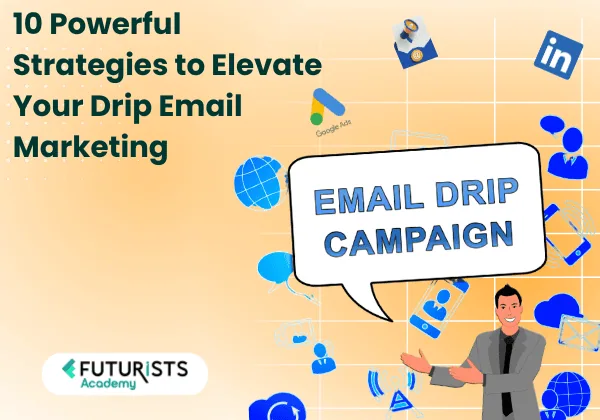Drip email marketing is a strategic approach in which the same series of automated emails nurture leads and maintain customer relationships over time. Unlike the more traditional form of email marketing, where a message is sent in isolation, drip campaigns deliver content sequentially, allowing businesses to engage with their audience at various stages of the customer journey. This is particularly effective at driving conversions since it keeps potential customers informed and engaged without overwhelming them.
Drip campaigns build trust and encourage further interaction by providing relevant information pertinent to the recipient’s interest and behavior. In this article, we will discuss ten powerful strategies that can uplift your drip email marketing effort, enabling you to build more solid relationships with your audience and drive better results.
Drip Email Marketing: Key Strategies for Success
Drip email marketing is defined as sending a series of automated emails targeted at subscribers based on their behavior or specific timelines. This technique is different from traditional e-mail marketing, which would send bulk e-mails targeting all subscribers regardless of what stage they are in the process of buying.
The benefits associated with implementing a drip e-mail marketing strategy include:
More engagement is maintained as relevant content is delivered over time, hence keeping the audience engaged and interested.
Better Conversion Rate: Targeted messaging leads to higher conversion rates as the recipient receives information aligned with their needs.
Improved Customer Retention: Maintaining relationships through constant communication helps retain customers, who then return for more business.
Personalization and segmentation are the essential parts of a successful drip campaign. By tailoring messages on demographics, behaviors, and purchase history, marketers will be able to make communications that are more relevant and impactful.
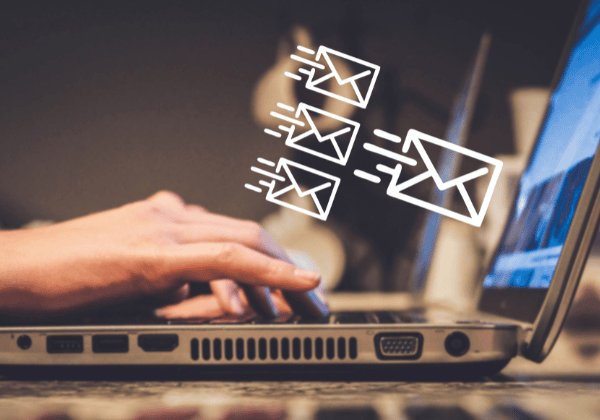
10 Powerful Strategies to Elevate Your Drip Email Marketing
1. Define Clear Objectives
You must set specific goals for your drip campaigns. Whether it is lead nurturing, onboarding new customers, or re-engaging inactive users, clear objectives guide the content creation and campaign structure.
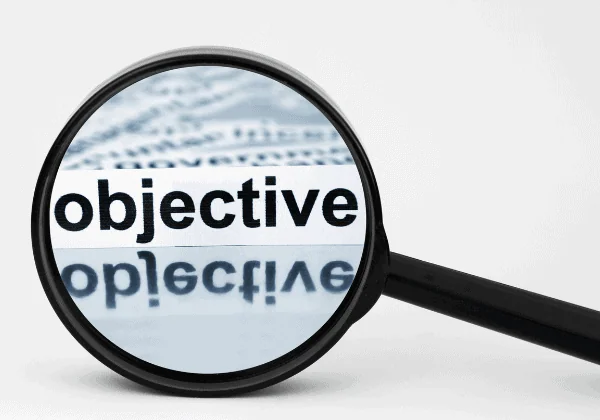
2. Segment Your Audience
Segmentation enhances targeting as it categorizes your audience based on demographics, behavior, or purchase history. This way, the messages are more relevant and likely to meet the specific needs of each group, hence having a higher chance of engaging.
3. Create Compelling Content
Engage with the audience by writing informative articles or providing useful tips or special offers. Value is provided to recipients if they can find content related to their interests.
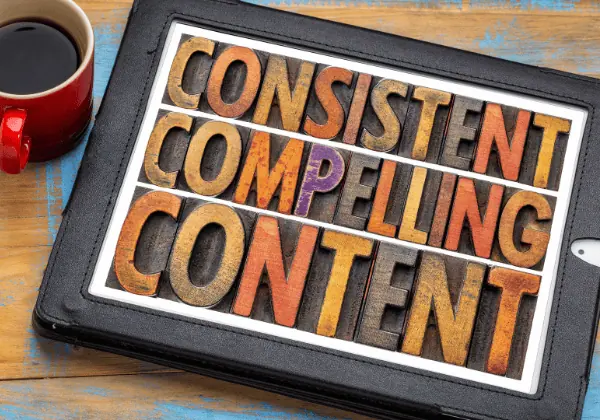
4. Use Behavioral Triggers
Implement triggers on users’ actions, such as subscribing to a newsletter or clicking on a link of a product, to send them relevant emails at the right time. This ensures your communications are relevant and contextual.
5. Personalize Your Emails
Personalization is different from using the recipient’s name. It involves matching content to their preferences and past activities. This personal touch helps engage with your audience on a more personal level.
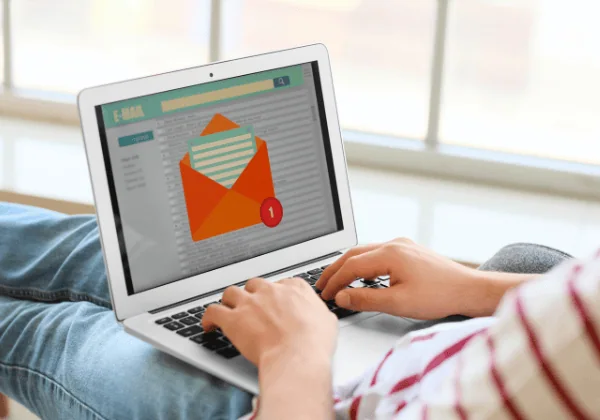
6. Optimize Timing and Frequency
Finding the right timing and frequency of emails is important. Analyze the behavior of your customers to know when they would like to engage with your content so that you don’t spam them.
7. A/B Test Your Campaigns
Conduct A/B testing on several elements of your emails, such as subject lines, content formats, and send times, to identify what resonates best with your audience. Continuous testing helps optimize campaign performance.
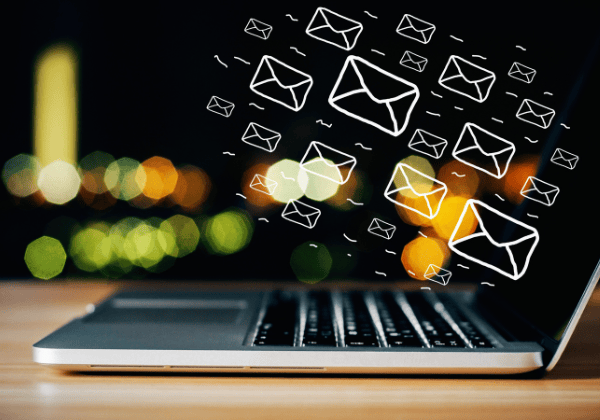
8. Monitor Analytics and Metrics
Monitor the open rates, click-through rates, and conversion rates of your campaigns to measure their effectiveness. Use the data to inform your decisions and make appropriate adjustments for continuous improvement.
9. Incorporate User Feedback
Solicitation of feedback from recipients might really help in knowing what does and does not work. Feedback can be obtained through surveys or direct responses to enable refinement of the content strategy.
10. Leverage Automation Tools
Utilize marketing automation tools to streamline the management of your drip campaigns. These tools can help you set up sequences efficiently and track performance metrics without manual intervention.
Resources for Effective Drip Email Marketing
To improve your drip email marketing skills, consider the following resources:
Blogs: Websites such as Moosend and HubSpot provide thought-provoking articles and examples of successful drip campaigns, allowing you to better understand best practices and innovative strategies.
Webinars: Platforms such as GetUplift provide webinars that cover the fundamentals of creating high-converting drip campaigns, offering actionable insights from industry experts.
Tools: Use Mailchimp, ActiveCampaign, and ConvertKit for their rich functionality in automating and handling drip campaigns.
Futurists Academy in Guwahati provides specialized training on effective drip email marketing strategies, thus making it a valuable local resource for marketers looking to improve their skills.
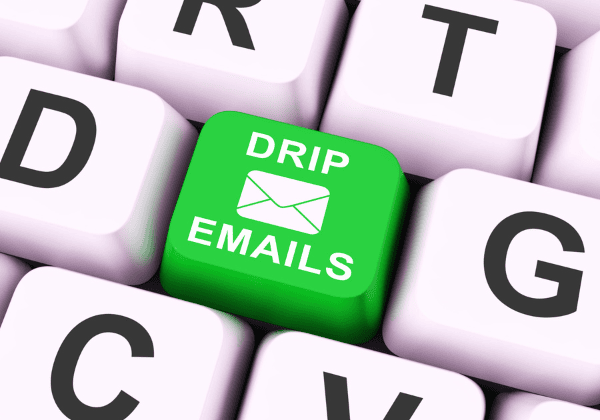
Conclusion
Implementing effective strategies in drip email marketing is essential to improving customer engagement and driving conversions. Applying the strategies above helps marketers create more targeted and impactful campaigns that speak to their audience. We would encourage readers to test these strategies in their own campaigns to see the improvement. Further development can be obtained with additional resources and training opportunities, such as those available at Futurists Academy, to hone your skills in this critical area of digital marketing.

